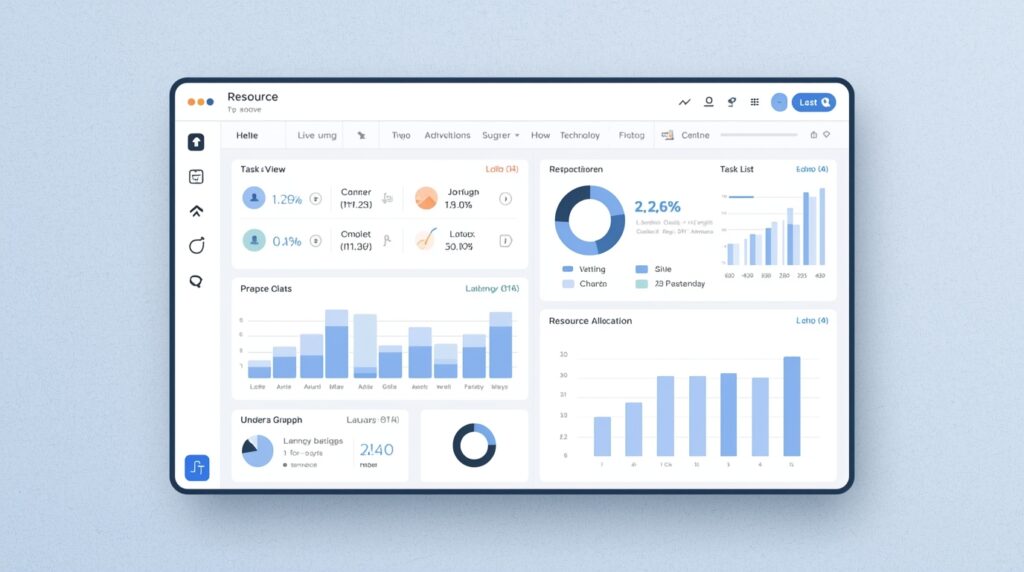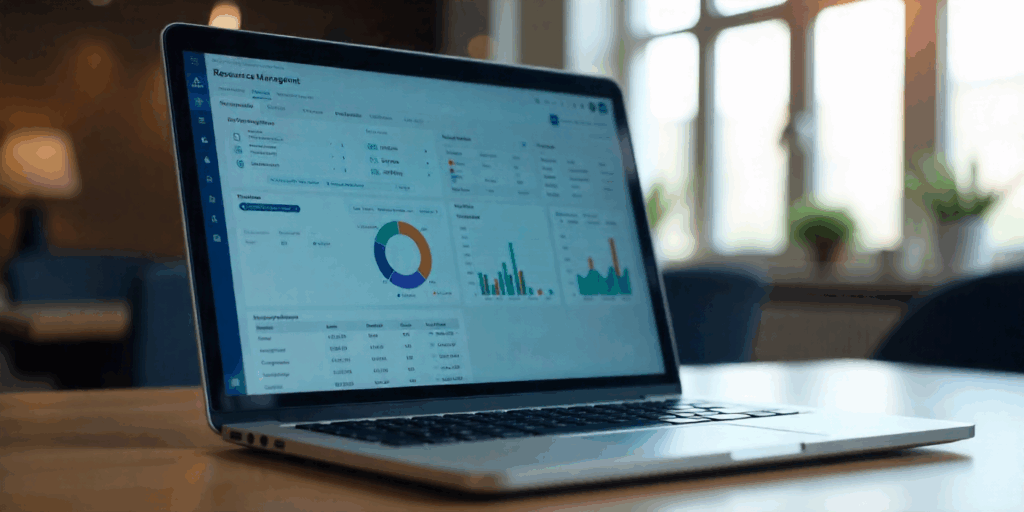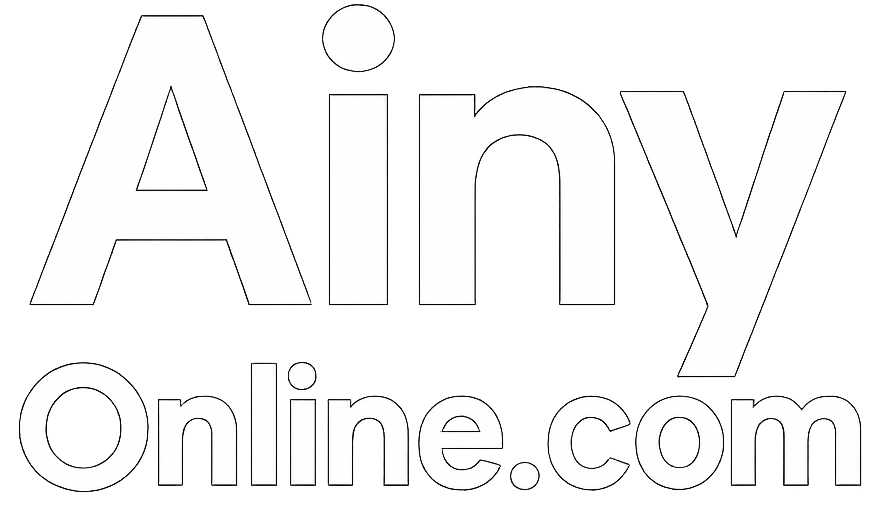Overview
In 2025, a company’s success is determined by its ability to plan ahead and allocate resources wisely. Making the most of your team’s time, resources, and skills is essential whether you’re running a small startup or a large corporation. Software for resource management can help with that. Organisations can plan projects, monitor availability, and balance workloads with ease and clarity thanks to this effective digital tool. This comprehensive guide will teach you the definition of resource management software, its importance, and the tools that can help you manage your resources more efficiently than ever before.
Resource Management Software: What Is It?
A digital system called resource management software was created to assist companies in organising, allocating, and monitoring their resources—including personnel, machinery, and time—in a single location. It gives a clear picture of who is working on what, when deadlines are approaching, and how resources are being used.
Project managers who need to make sure deadlines are met without overburdening team members will find this software especially helpful. Businesses can prevent bottlenecks, lessen burnout, and finish projects on schedule by visualising team capacity and availability. To put it briefly, resource management software makes sure that, regardless of how complicated your projects are, your team works effectively and efficiently.
The Need for Resource Management Software in 2025 for Businesses
Resource management software is now essential in the rapidly evolving workplace of today. Collaboration and scheduling are now more difficult than ever due to remote and hybrid work models. Tasks may overlap, deadlines may be missed, and productivity may decline in the absence of effective management.
Here’s why it will be crucial in 2025:
- Boosts output by assisting groups in concentrating on the appropriate tasks at the appropriate times.
- Prevents resource overload: Prevents giving one individual or department an excessive amount of work.
- Increases transparency: everyone is aware of who is in charge of what.
- Encourages data-driven decision-making: Managers can improve their planning with the aid of reports and analytics.
Businesses can ensure that every resource is used effectively by utilising this software, which gives them full visibility into workloads, timelines, and budgets.

Important Qualities to Consider
Knowing which features will help your team the most is crucial when selecting a resource management programme. In 2025, the following features are essential:
- Resource Scheduling: Use drag-and-drop tools to quickly assign and rearrange tasks.
- Capacity Planning: Keep an eye on availability in real time to avoid overbooking.
- Time tracking: Keep tabs on how long tasks take and gauge output.
- Analytics and Reporting: Gain comprehensive knowledge about project performance and resource usage.
- Support for Integration: Establish connections with programs such as Microsoft Teams, Trello, Slack, and Asana.
- Manage your team and projects from any location with cloud-based access.
Even the most complicated projects can be easily managed with the help of the best resource management software, which blends automation and usability.
2025’s Top Resource Management Software
Although there are many great tools available, these are some of the top picks for 2025:
- Wrike is a strong choice for big businesses handling several projects at once.
- Resource Guru: Excellent for team visibility and simple scheduling.
- Float is perfect for small teams and creative agencies that require flexibility.
- The best platform for financial tracking and data analytics is Mavenlink (Kantata).
- Smartsheet is a platform that combines project management and spreadsheets.
Each of these tools has its own advantages, so pick the one that best suits the objectives, scale, and working style of your business.
How to Pick the Best Software for Your Company
The needs of your company will determine which tool is best for you. Before making a choice, consider these suggestions:
- Establish definite objectives: Be aware of the issues you wish to resolve.
- Verify the software’s scalability to make sure it can expand with your company.
- Examine the integrations and select one that is compatible with the apps you currently use.
- Test the user experience: Time is saved and less training is required with a straightforward interface.
- Price comparison: weigh value against cost; sometimes the most basic tools work best.
Before making a purchase, take advantage of demos or free trials. The best way to determine whether the software is appropriate for your team is to conduct hands-on testing.
Upcoming Developments in Resource Management Software
By 2025 and beyond, automation and artificial intelligence (AI) are making resource management tools smarter. These developments have the ability to forecast workloads, optimise scheduling, and offer suggestions for increasing productivity.
Soon, AI-powered systems will be able to automatically distribute workloads among teams, suggest task modifications, and predict possible bottlenecks before they materialise. These developments are turning resource management into a data-driven approach rather than a manual procedure.

In conclusion
Effective resource planning is not only a competitive advantage but also a business necessity in today’s fast-paced digital world. You can increase productivity, avoid burnout, and make sure all resources are used effectively with the correct resource management software. Regardless of the size of your company, investing in a dependable solution in 2025 will keep you efficient, well-organised, and prepared for expansion.





